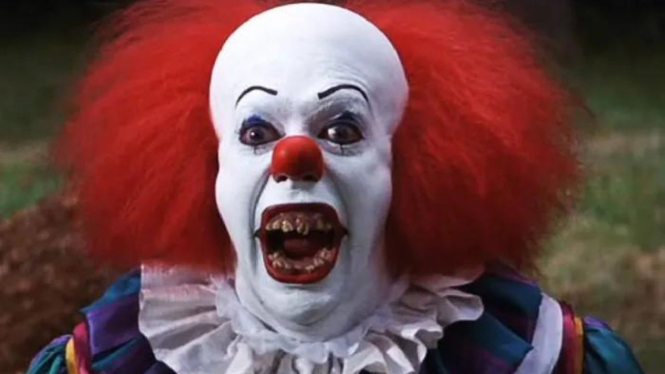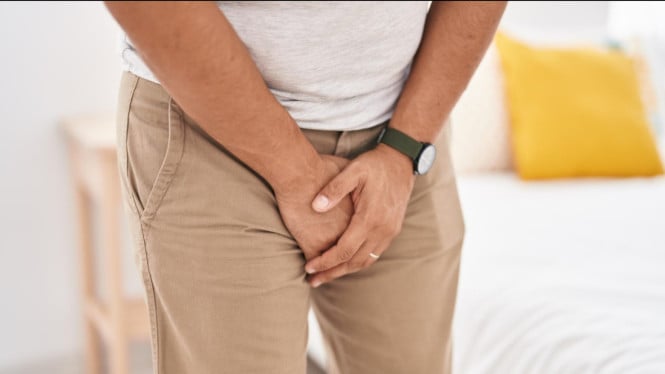A Study Finds Why Many People Afraid of Clowns: Coulrophobia
- Green Epstein Productions
VIVA – Coulrophobia is a fear or intense dislike of clowns. It is a relatively common phobia, and it can develop due to a variety of reasons, including negative childhood experiences with clowns, exposure to horror movies or media featuring scary clowns, or simply a general feeling of unease around clowns.
A study shows this fear exists among adults and children across different cultures. Yet it is not well understood due to a lack of research. While many possible explanations for phobias have been put forward in the academic literature, no studies have specifically investigated their origins.
To conduct this study, Sophie Scorey and her colleagues developed a psychometric questionnaire to assess the prevalence and severity of coulrophobia. The 'Fear of Clowns' questionnaire was completed by an international sample of 987 people aged between 18 and 77 years.
Ilustrasi badut.
- Alamy
More than half of the respondents (53.5 percent) said that they were afraid of clowns at least to some degree, with 5 percent saying that they were " Intense afraid" of clowns.
Interestingly, this percentage reporting an extreme fear of clowns is slightly higher than those reported for many other phobias, such as animals (3.8 percent), blood/injection/injuries (3.0 percent), heights (2.8 percent), still water or weather events (2.3 percent), closed spaces (2.2 percent), and flying (1.3 percent).
"We also found that women were more afraid of clowns than men. The reasons for this difference are unclear, but echo research findings on other phobias such as fear of snakes and spiders," she said, as reported from the science alert site.
Scorey also discovered coulrophobia decreases with age, which again matches up with research into other fears. “Our next step was to explore the origins of people's fear of clowns. A follow-up questionnaire was given to the 53.5 percent who had reported at least some degree of clown fear.”
This new set of questions related to eight plausible explanations for the origins of this fear, as follows:












